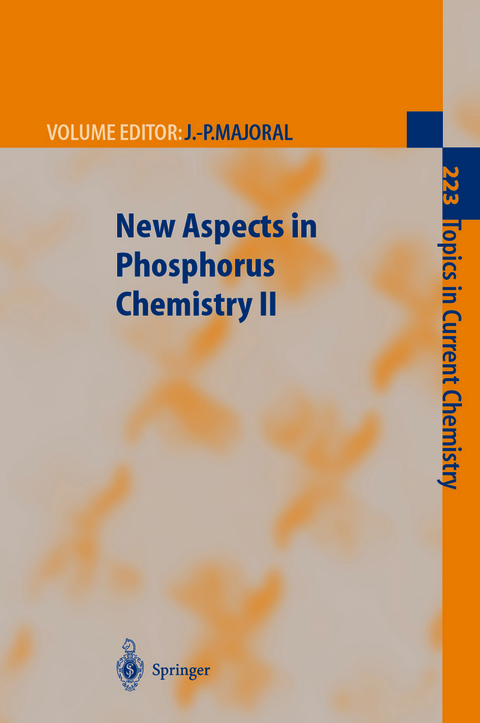
New Aspects in Phosphorus Chemistry II
Seiten
2010
|
1. Softcover reprint of hardcover 1st ed. 2003
Springer Berlin (Verlag)
978-3-642-07900-9 (ISBN)
Springer Berlin (Verlag)
978-3-642-07900-9 (ISBN)
Strong non-ionic bases are highly advantageous as stoichiometric reagents and as catalysts in synthetic organic chemistry owing to side reactions that f- quently occur when ionic bases such as LDA or alkali metal alkoxides are employed. A second reason that non-ionic bases are frequently more useful in these applications is that such bases are often more soluble in less polar organic solvents,particularly at low temperatures. Thirdly,non-ionic bases can provide reactive naked or tightly associated deprotonated substrate anions that are s- bilized by the relatively large,poorly solvated cations formed by the protonated base. In such cations,extensive positive charge delocalization can occur. Prior to our work on pro-azaphosphatranes of type 1 (Scheme 1),the very strong n- ionic bases utilized for organic transformations were largely confined to the nitrogenous bases shown below (Scheme 2). Scheme 1 Scheme 2 4 J. G. Verkade 2 Uses of Strong Nonionic Nitrogen Bases 2. 1 Amines One of the earliest strong non-ionic bases to make its appearance was Proton Sponge and its derivatives [1] and these systems have been reviewed [2]. More recently Proton Sponge has been used in the palladium-catalyzed arylation of 2,3-dihydrofuran [3], and it also catalyzes Knoevenagel condensations of s- strates possessing activated methylene groups [4]. Recently the synthesis of the macrocyclic tetramine below (Scheme 3) was reported [5]. The encrypted nitrogens are very basic (pK ,24.
P(RNCH2CH2)3N: Very Strong Non-Ionic Bases Useful in Organic Synthesis.- The Asymmetric Phospho-Aldol Reaction. Past, Present and Future.- Chemistry of Phosphanylidene Carbenoids.- Transient Nitrilium Phosphanylid Complexes - New Versatile Building Blocks in Phosphorus Chemistry.- What to do with Phosphorus in Dendrimer Chemistry.- Phosphonate Chemistry and Reagents in the Synthesis of Biologically Active and Natural Products.- The Fascinating Chemistry of 1,3,5-Triphosphinines and Valence Isomers [1].
| Erscheint lt. Verlag | 19.10.2010 |
|---|---|
| Reihe/Serie | Topics in Current Chemistry |
| Co-Autor | P. Balczewski, A.-M. Caminade, H. Heydt, S. Ito, T.P. Kee, J.-P. Majoral, M. Mikolajczyk, T.D. Nixon, R. Streubel, J.G. Verkade, M. Yoshifuji |
| Zusatzinfo | X, 263 p. |
| Verlagsort | Berlin |
| Sprache | englisch |
| Maße | 155 x 235 mm |
| Gewicht | 416 g |
| Themenwelt | Naturwissenschaften ► Biologie ► Biochemie |
| Naturwissenschaften ► Chemie ► Anorganische Chemie | |
| Naturwissenschaften ► Chemie ► Organische Chemie | |
| Schlagworte | Anorganische Chemie • Biochemie • biochemistry • Inorganic Chemistry • natural product • Organic Chemistry • Organische Chemie |
| ISBN-10 | 3-642-07900-8 / 3642079008 |
| ISBN-13 | 978-3-642-07900-9 / 9783642079009 |
| Zustand | Neuware |
| Haben Sie eine Frage zum Produkt? |
Mehr entdecken
aus dem Bereich
aus dem Bereich


